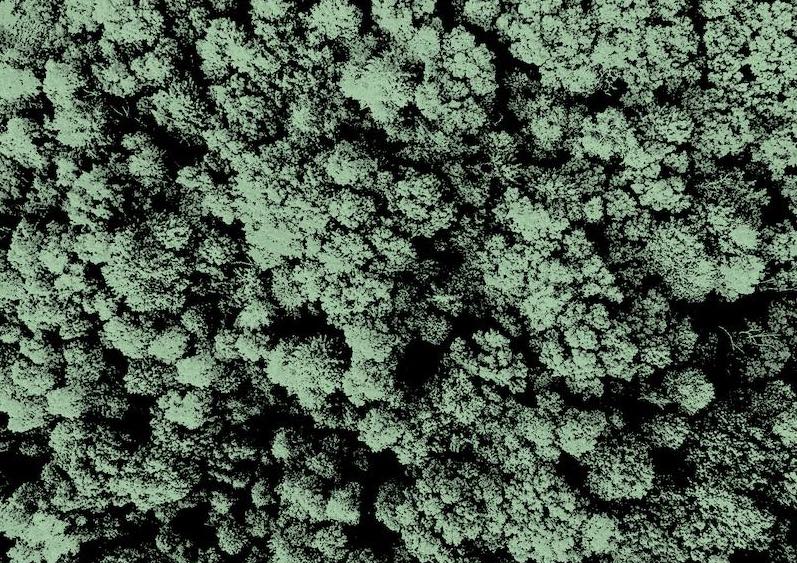What is it about?
Because of its environmental and economic benefits, part of cement is replaced by limestone fillers (LS). However, the effect of LS on the chemical degradation of cement-based materials is still unclear. In this study, accelerated leaching and carbonation were applied on cement pastes to study the effects of LS replacement on the degradation rates and microstructural alterations of degraded materials. Ammonium nitrate solution was used to accelerate the leaching process, while carbonation was speeded up by applying an elevated pressure gradient of pure CO2 on samples with 65% relative humidity. The carbonation rate was characterized by phenolphthalein carbonation depth and CO2 uptake, while leaching rate was quantified by phenolphthalein leaching depth and Ca-leached amount. Leached/carbonated samples were analyzed by a series of post-analysis techniques to characterize the microstructural and mineralogical changes. Results showed that, for a similar w/c ratio, a higher LS replacement resulted in lower leaching rate. For carbonation, LS replacement promoted the CO2 uptake despite similar carbonation depth. Furthermore, LS replacement led to less C-S-H carbonation compared to samples without LS.
Featured Image
Read the Original
This page is a summary of: Effect of Limestone Fillers on Ca-Leaching and Carbonation of Cement Pastes, Key Engineering Materials, September 2016, Trans Tech Publications,
DOI: 10.4028/www.scientific.net/kem.711.269.
You can read the full text:
Contributors
The following have contributed to this page







